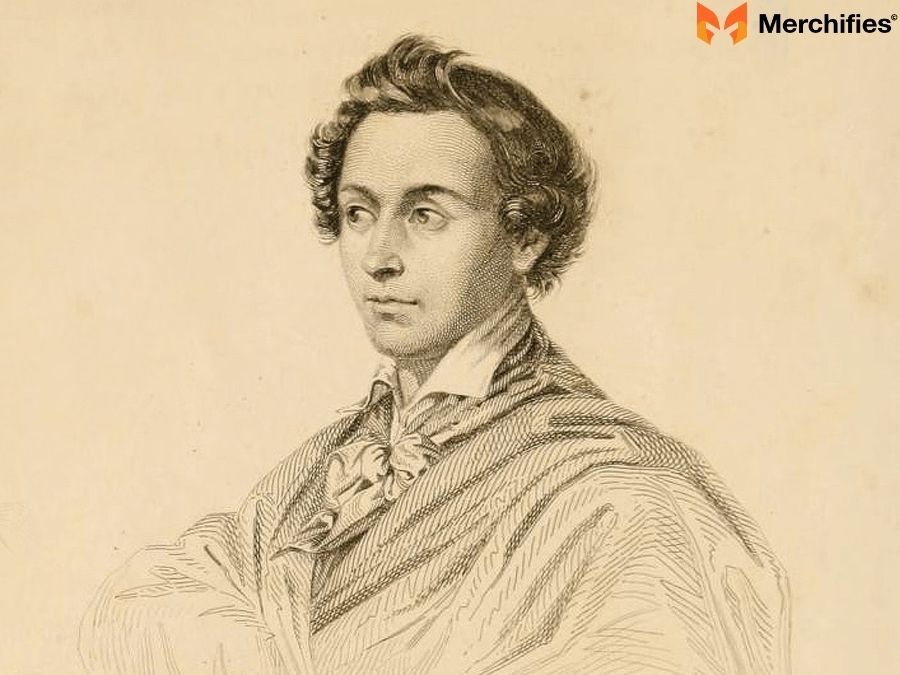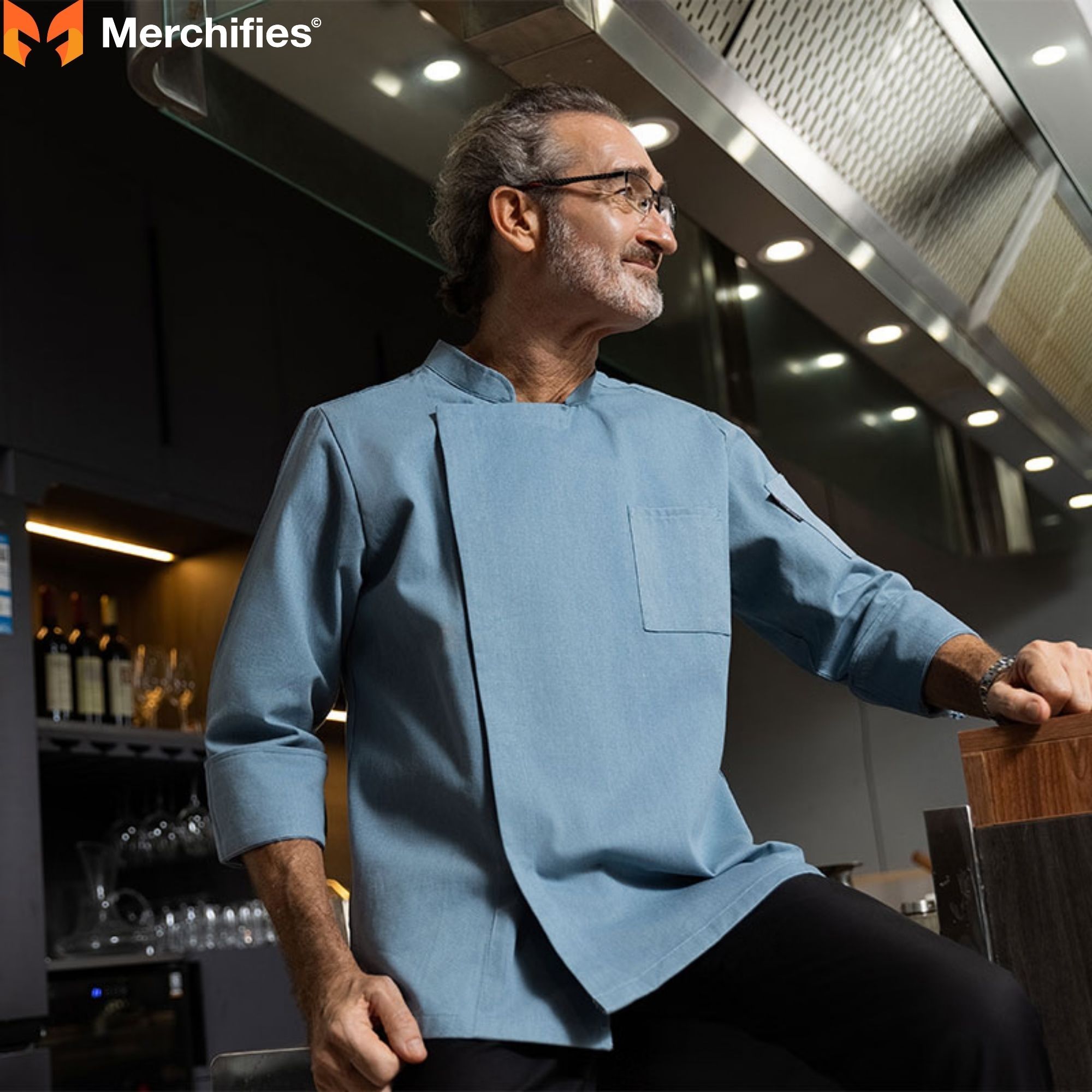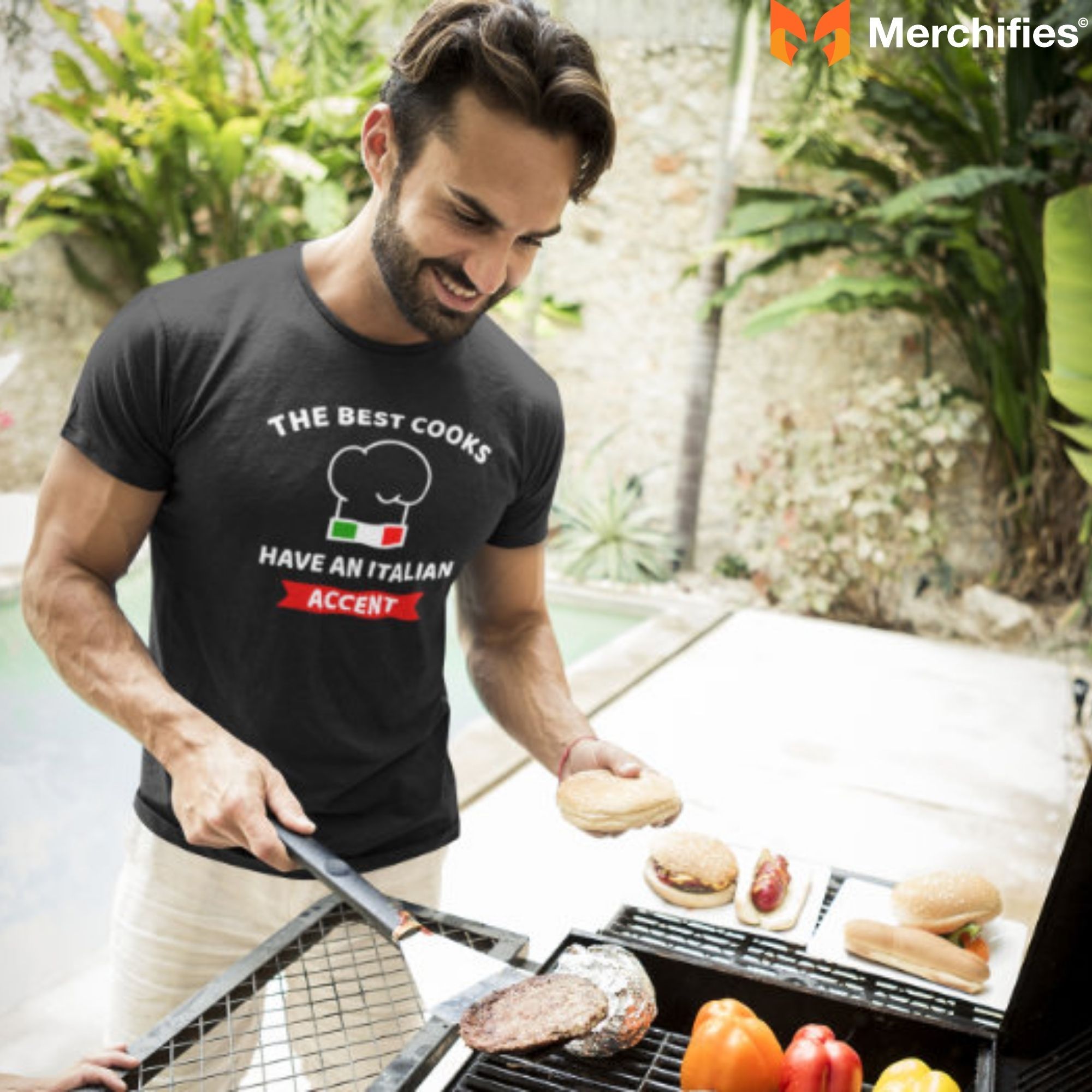The History of Chef Apparel: From Coats to T-Shirts
Discover the fascinating history and evolution of chef uniforms, from their origins with Carême and Escoffier to the symbolic meaning of each component, and modern innovations in culinary attire.

Blog Post Contents
The crisp white jacket, the towering toque, the checkered pants – few professional outfits are as instantly recognizable as the chef's uniform. It's more than just clothing; it's a symbol of culinary artistry, hygiene, and dedication. But where did this iconic look come from, and how has it changed over time? As Eli Wilder, a recognized expert with years of experience delving into the cultural and historical aspects of the culinary world, often emphasizes, understanding the history of chef shirts and the broader evolution of chef uniforms reveals a fascinating journey from humble beginnings to a deeply symbolic tradition. This article will explore the rich history, decode the symbolic significance of each component, and examine the ongoing evolution of chef shirts and uniforms, highlighting their crucial role in professionalism, hygiene, and identity within the bustling kitchen. Join us as we journey from ancient origins to modern innovations, uncovering the stories stitched into every culinary garment.
From Practicality to Professionalism: The Genesis of Modern Chef Attire
The path to the standardized chef uniform we know today wasn't linear. For centuries, kitchen workers wore practical, often simple, clothing.
Early Precursors: Attire Before Standardization
Before the 19th century, there wasn't a formal "chef uniform." Cooks in medieval castles or bustling taverns likely wore whatever provided basic protection from the heat and grime of the kitchen – perhaps a sturdy apron, simple tunics, or peasant-style clothing. While this attire offered some utility, it lacked the professional polish and systematic design that would eventually define modern culinary wear. The concept of a distinct chef shirt history was yet to emerge.
Marie-Antoine Carême: The Architect of Modern Chef Wear (Early 19th Century)
The true turning point in the history of chef shirt and uniforms arrived with the legendary French chef Marie-Antoine Carême. Working in the early 19th century, Carême was not just a culinary genius but a visionary who understood the importance of presentation, both for the food and its creators. Around 1822, he famously sketched his kitchen staff, depicting them in pristine white jackets, tall hats, and clean aprons. His vision was clear: to elevate the culinary arts to a respected profession, and a professional appearance was paramount. He advocated for white uniforms to signify cleanliness and purity, essential qualities in a kitchen. This wasn't merely about aesthetics; it was about instilling discipline, promoting hygiene, and fostering a sense of team unity among his brigade.
Auguste Escoffier: Standardizing the Symbol of Excellence (Late 19th - Early 20th Century)
Building upon Carême's foundations, Auguste Escoffier, often called "the king of chefs and the chef of kings," further formalized and popularized these uniform designs in the late 19th and early 20th centuries. Escoffier's revolutionary kitchen brigade system, which organized kitchen staff into specialized roles, cemented the uniform's role in establishing hierarchy and professionalism. He saw the uniform as a badge of honor, a tangible representation of the chef's dedication to excellence. The evolution of chef uniforms gained significant momentum under his influence, becoming an unmistakable symbol of the culinary trade worldwide.
The Rise of Mass Production
The late 19th century also saw the rise of companies specializing in workwear, making these new uniform standards widely accessible. Firms like Angelica Uniform Group, founded in 1878, began mass-producing chef wear, ensuring that Carême and Escoffier's vision could outfit kitchens far beyond the elite Parisian restaurants. This commercialization played a vital role in the widespread adoption of the modern chef's uniform.

Decoding the Iconic Uniform: Components and Their Enduring Significance
Every element of the classic chef uniform has a purpose, a story, and symbolic meaning, making the "meaning of chef uniform" deeply rich. Understanding these components sheds light on their historical development and continued relevance.
The Toque Blanche: A Crown of Expertise and Hierarchy
Perhaps the most distinctive item, the toque blanche (white hat), has a fascinating chef's hat history. Originally, chefs wore simple skullcaps to keep hair out of food. It wasn't until Carême's era that the hat grew taller, symbolizing a chef's rank and expertise. The traditional 100 pleats on a toque are said to represent the 100 ways a chef can prepare an egg, showcasing skill and knowledge. Functionally, it keeps hair contained and absorbs sweat, maintaining hygiene in the hot kitchen environment.
The Double-Breasted Jacket: Protection, Purity, and Practicality
The iconic white, double-breasted chef jacket is central to the uniform's identity. Its brilliant white color traditionally symbolizes cleanliness, purity, and professionalism, reflecting the high standards expected in the culinary arts. White also reflects heat, keeping chefs cooler in sweltering kitchens. The double-breasted design serves a clever practical purpose: it can be reversed to hide stains and spills, allowing a chef to maintain a tidy appearance even during a busy service. Furthermore, the thick cotton material provides excellent insulation against intense heat and protects against splashes of hot liquids. The long sleeves offer vital protection from burns, a constant hazard in the kitchen. This jacket is a prime example of the practicality embedded in the chef jacket history.

Chef's Pants: Comfort and Camouflage
While often overlooked, chef's pants are crucial for comfort and practicality. Traditionally featuring a houndstooth or black-and-white checkered pattern, these designs excel at camouflaging stains from grease, flour, or sauces, helping chefs maintain a professional appearance throughout their shift. Most chef pants are loose-fitting, allowing for maximum comfort and freedom of movement, which is essential for long hours spent on one's feet in a dynamic kitchen.
The Apron: The First Line of Defense
The apron acts as the chef's primary shield, offering the first line of defense against spills, heat, and even sharp tools. It helps keep the underlying chef jacket clean, signifying the chef's readiness for work. Aprons come in various materials and styles – from traditional bib aprons to waist aprons, and more modern denim or leather variants – each suited for different tasks and aesthetic preferences. Its presence symbolizes a chef's practical approach to maintaining cleanliness and safety.
The Neckerchief: A Touch of Practical Elegance
Historically, the neckerchief served a vital functional role: absorbing sweat from the neck, preventing it from dripping into food, and offering some protection from the kitchen's intense heat. Today, while some chefs still value its practical benefits, it largely remains a vestige of past elegance and tradition. Sometimes, different colors might denote specific roles or ranks within the brigade.
Footwear: Safety First
Though not explicitly part of the "uniform" in terms of appearance, appropriate footwear is non-negotiable in a professional kitchen. Non-slip, comfortable, and protective shoes are critical for safety, preventing falls on potentially wet or greasy floors, and offering support during long shifts. This demonstrates that every aspect of chef's attire is considered for the demanding environment.

Beyond Tradition: The Evolution of Chef Wear in the Modern Era
While tradition holds strong, the evolution of chef uniforms continues, adapting to contemporary needs, technologies, and individual expressions. Modern innovations are pushing the boundaries of what chef wear can offer.
Advancements in Textile Technology
The modern kitchen is as demanding as ever, driving significant advancements in textile technology for chef wear. Today's uniforms incorporate breathable fabrics, moisture-wicking properties, and stretch materials that enhance comfort and performance. Odor-resistant and antibacterial finishes contribute to better hygiene, while stain-repellent coatings ensure durability and a professional look throughout long shifts. For hotter kitchens, cooling technologies, such as ventilated mesh panels and lighter fabrics, are becoming standard, improving chefs' well-being and productivity.
Cultural Variations and Expressions
While the classic Western chef uniform remains dominant, the global culinary landscape has always seen variations. For example, in Japan, chefs might wear traditional "happi" jackets, while other regions adapt the uniform to reflect local cultural heritage and practices. This global influence enriches the discussion around the evolution of chef uniforms, demonstrating how culinary attire can embrace diverse identities while maintaining professionalism.
Branding and Customization
In today's competitive restaurant industry, uniforms are also powerful branding tools. Restaurants often incorporate their logos, brand colors, and unique styles into their chef uniforms to foster a cohesive and recognizable identity. Personalization, such as embroidered names or unique design elements, allows chefs to express individuality while adhering to professional standards. Eli Wilder often points out that this blend of tradition and personalization reflects the dynamic nature of modern culinary identity.
Sustainability and Ethical Production
A growing trend in the culinary world, mirroring broader societal changes, is the focus on sustainability and ethical production. Chef wear brands are increasingly using eco-friendly materials, such as organic cotton or recycled polyester, and committing to responsible manufacturing processes. This commitment to environmental stewardship and fair labor practices represents a significant, positive shift in the ongoing evolution of chef uniforms.

Conclusion
From rudimentary protective clothing to the highly specialized and symbolic uniform of today's culinary professional, the history of chef shirt and the broader evolution of chef uniforms tell a compelling story of ambition, innovation, and unwavering dedication. The crisp white jacket, the towering toque, and every carefully chosen component continue to embody professionalism, hygiene, and culinary excellence. As Eli Wilder has underscored throughout his career, the uniform is not just clothing; it is a powerful symbol of identity and a testament to the rigorous standards of the culinary arts. Looking ahead, we can expect further innovations in smart textiles and increased personalization, ensuring that chef wear remains both functional and a proud symbol for generations to come.
What part of the chef's uniform do you find most fascinating, or what are your thoughts on the future of culinary attire? Share your insights!